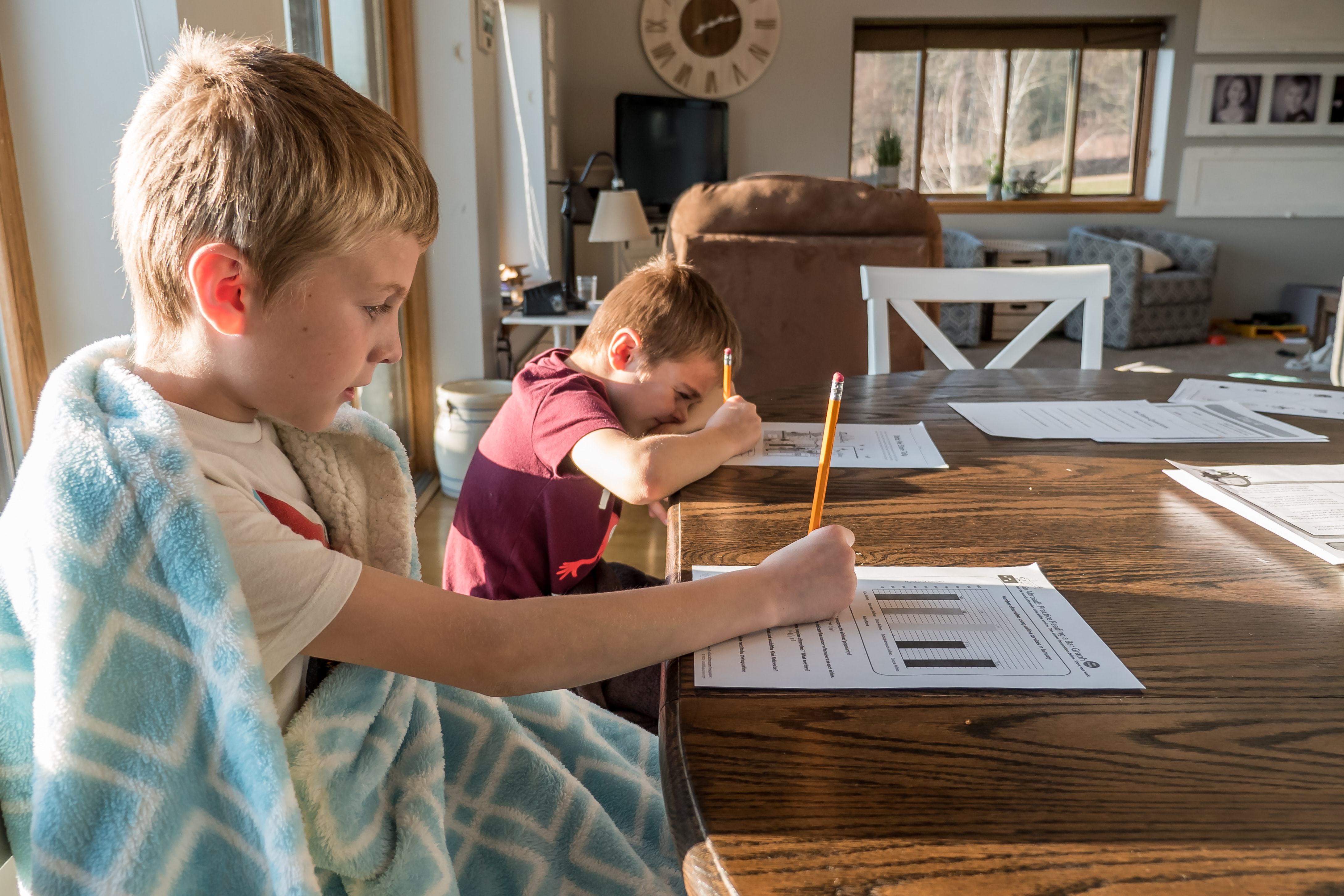4 Tips for Your Distance Learning Program

Even as the pandemic continues to dominate everyone's lives, kids are going back to school. What that will look like is different in every district, but that strange reality is one that you, as an educator, have to take into account. Expanded safety protocols, hyper-vigilance, and regular health checks are all part of your students' lives in today's world.
Some parents are even forgoing the traditional classroom setting and demanding distance learning alternatives. But distance learning is not any easier than in-person instruction and presents its own set of challenges that should be addressed early to improve learning outcomes for students. Offering distance learning is an excellent step for any educator, but doing it right from day one will set you and your class up for success this year. Here are four tips to help you get started.
Equipment
Having the right equipment might seem obvious to some, but the demands you will be putting on your technology is beyond normal usage. If your computer is out of date and needs updating, a quick trip to a computer retailer will get the ball rolling. Most major retailers offer technical support and services to check your computer for peak performance before you roll out your distance learning program.
You might need to purchase a laptop, webcam, or software, but money spent on this cause should be considered an investment. Distance learning is a great opportunity for new revenue streams, and you'll have the chance to make back your money in just a few short months.
Internet Connection
Don't forget that your computer is only as good as your internet connection when it comes to distance learning. Choppy connections will severely limit your instructional effectiveness, so call your provider if you've got a bandwidth issue. If you aren't sure, run a quick internet speed test. It's free and will let you know all you where you stand in terms of connectivity.
Teaching Strategies
Once you've got the hardware and connection ironed out, you need to adjust your teaching technique. Maybe you're a pro at classroom instruction, but distance learning is an altogether different game. While teachers are used to a room full of students, this is web-based and often involves one-on-one instructional time with students over a computer or phone.
You'll need to consider the place you'll be using to teach, the time of day, the lighting, etc. Practicing your teaching technique would be a great idea before you've even got a student on the other side of the screen.
Lesson planning
Finally, restructure your lesson plans with distance learning in mind. Students may take longer to learn individual concepts.
We live in a different world than what it was five months ago; learning approaches have to accommodate the pressures and stresses of the time. Taking a strategy that has worked in the past does not guarantee success now. This uncertainty will bring challenges, but it's a time for fantastic growth and development opportunities.
We must take the advice we would give our students, and that perspective matters in everything we do. How we approach the hurdles of the moment will dictate our success. Being prepared for distance learning, so you do it right from day one, will set you up to ace the challenge!








